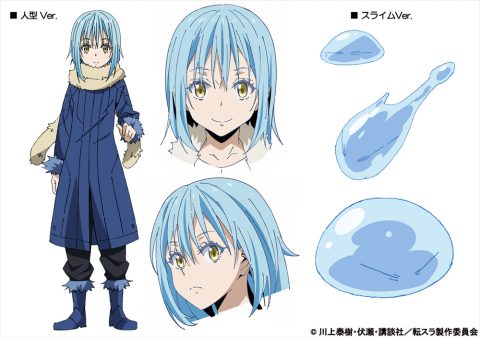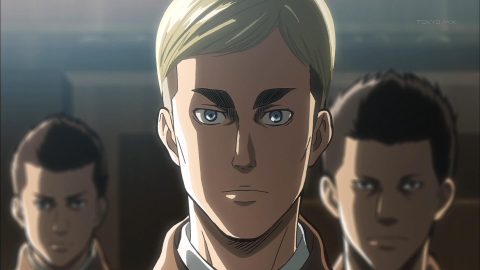The first episode of the anime series "I'm Lost, Are You Lost?" has been released. This series is about a girl who ends up in a trap, but also teaches various survival skills. It was a fun watch, especially since it was a short episode. This time, I'd like to share my thoughts on the series and provide a detailed explanation of the survival techniques introduced in the anime.
Anime Episode 1: Dehydration
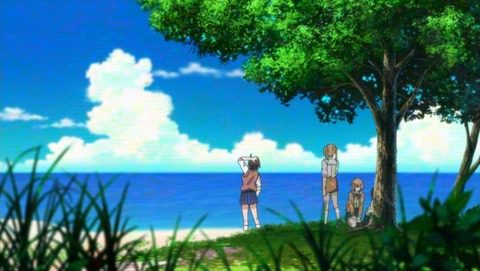
This episode was about dehydration. Homare explained the amount of water needed in great detail. It was very helpful. Dehydration is a lack of bodily fluids, consisting of water and salt. Approximately 60% of an adult's body is fluid, transporting oxygen and nutrients, eliminating waste products through urine and sweat, and regulating body temperature through sweating. The recommended fluid intake for Japanese adults is approximately 1.2-1.5 liters.
Anime Episode 1: Don't Drink Seawater
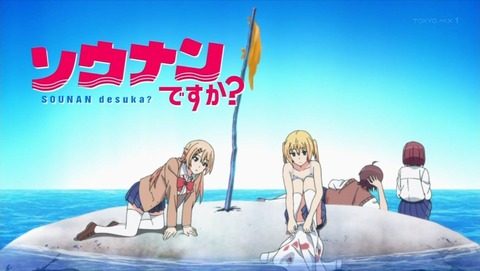
Homare teaches us that if we're stranded, we should avoid drinking seawater. This is because it helps regulate the body's salt concentration. The salt concentration of seawater is approximately 3.5%, which is higher than the 0.9% salt concentration of human body fluids. Therefore, when you drink seawater, the sodium concentration in your body rises, and your body signals that you are thirsty in order to maintain a constant salt concentration. Furthermore, if your kidneys urinate, the salt concentration will rise even further!! So they signal not to urinate. This causes the kidneys to lose their excretory function, and waste products build up. Furthermore, when the balance of salt concentration is disrupted, abnormalities occur in the cells, leading to convulsions and nerve problems.
Anime Episode 1: The Taste of My First Kiss Was a Locust

Homare kisses Mutsu with saliva. In her mouth is the locust leg she just ate. Are locusts edible? Yes, they are. Apparently, they're commonly eaten in Africa and the Middle East. Just as there are regions in Japan where locusts are eaten, locusts are eaten in Africa. The reason is that they're pests. They infest crops at once, so this was a good balance of preventing this, catching a lot of them, and being nutritious. Locusts have long been a pest in Japan, causing massive infestations and plaguing farmers.
Anime Episode 1: Shark's Organs of Lorenzini
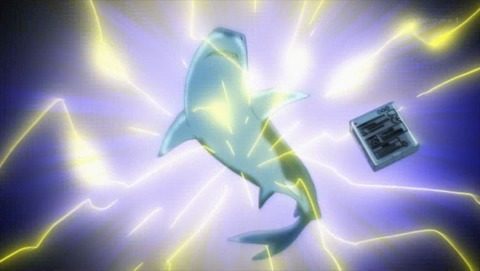
Homare safely escapes a tiger shark using a cell phone battery. What are the organs of Lorenzini she's talking about? They're the numerous holes on the tip of a shark's nose. They use these to locate prey from extremely small electrical potential differences. This is why I think the shark is startled by the large electrical potential difference in the battery. The organs of Lorenzini are the shark's most sensitive organ for detecting electrical potential differences and are said to be its sixth sense. However, their range is limited, and sharks can locate prey first by smelling blood.
Anime Episode 1: Conclusion
Is this a short, easy-to-watch anime? I'm looking forward to the next episode.

